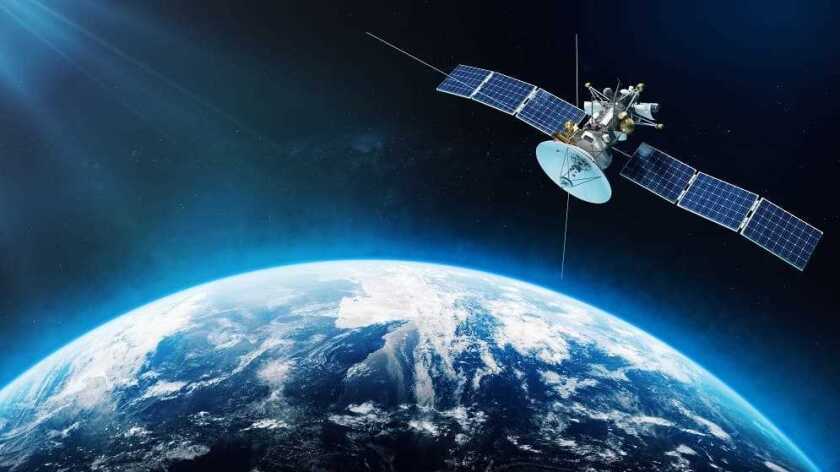The pending patents have been designed to improve satellite-based Internet of things (IoT) and M2M communications in remote locations, and the applications include a “wake-up” technology for satellite IoT devices, IoT device localisation, frequency and timing synchronisation, inter-satellite link technology and satellite system design.
Combined these technologies enable customers to receive better quality of service, save power and exchange data easier and more efficiently. They will be implemented onboard its planned LEO satellite constellation.
Tiger-2 the first commercial IoT satellite of that constellation, was launched in June 2021 and performed well during the launch and early orbit phase (LEOP) and is now reaching the final stages of the payload commissioning phase.
“Obtaining intellectual property rights is a strategic necessity for businesses and NewSpace is no exception. If the applications in the US and Europe progress as planned, I expect OQ Technology to be granted the patents within the next two years in Europe, and much shorter than that in the US," said Omar Qaise, founder and CEO of OQ Technology.
"The technologies we are using immensely improve our service of providing 5G IoT connectivity in remote locations where terrestrial solutions struggle or legacy satellite solutions are too expensive.”
Specifically, the technologies for the patent applications are:
“Wake-up”, a smart power saving function within the terminal IoT device that allows the device to efficiently wake up and communicate with the base station (satellite).
“Terminal device localisation”, which enables the ability to locate a terminal device, using stored data from the base station(s) instead of an expensive global positioning system.
“In 2017, OQ took the daring step to build its own software stack from scratch, based on the 3GPP standard, and implement its own satellite enabling algorithms,” Qaise said. “Owning our own stack and being able to control the traffic and quality of service for our users gives us a huge competitive edge over other players who rely on third parties and new entrant companies that are yet to deliver.
“Other existing cell tower software stacks are highly proprietary technology built by companies like Nokia, Ericsson and Huawei, which were unlikely to give us access and allowing us to make it suitable for a satellite environment.”
There is also “Inter-satellite links”, which keeps the different base stations aware of each other and the record keeping of terminal devices connected to the different base stations.
“Frequency synchronisation” and “Timing synchronisation”, which synchronise communication and therefore improve the signalling between terminal devices and base stations to overcome Doppler effect (wavelength change from travelling objects) issues and timing misalignment issues.
The last patent is for a satellite system design and network architecture for mobile IoT communication between space and earth stations.
“Matching the same or as-close-as cellular price, will provide a lot of use cases and open a big market for us,” added Qaise.
“That is why we have decided to address this market, in particular in rural and remote areas such as Africa, Australia, the Middle East and the Americas, where infrastructure is lacking. We are incorporating the cell towers into the payload of our LEO telecommunication satellites, which offers opportunities for many latency-tolerant and low-latency applications.”









